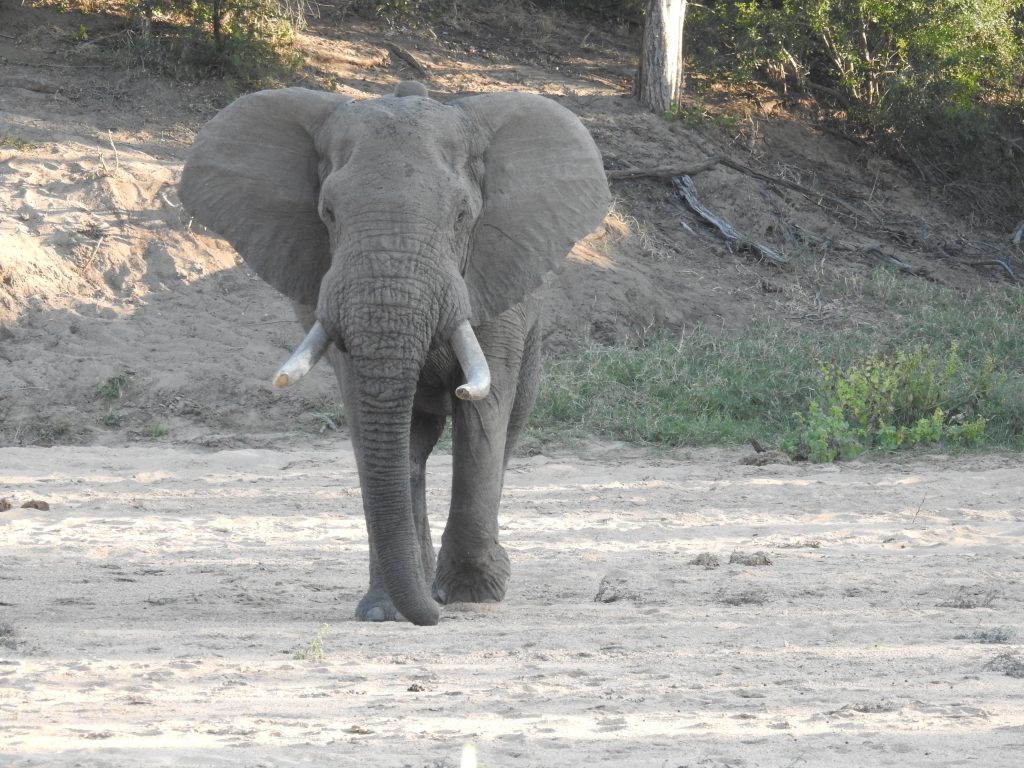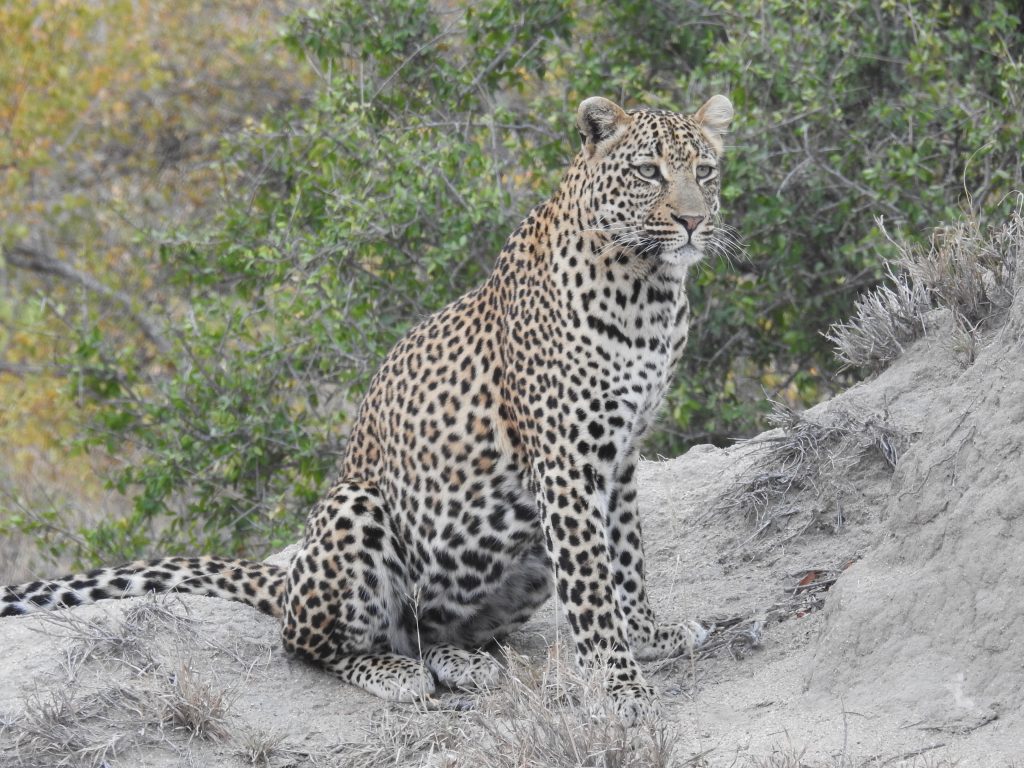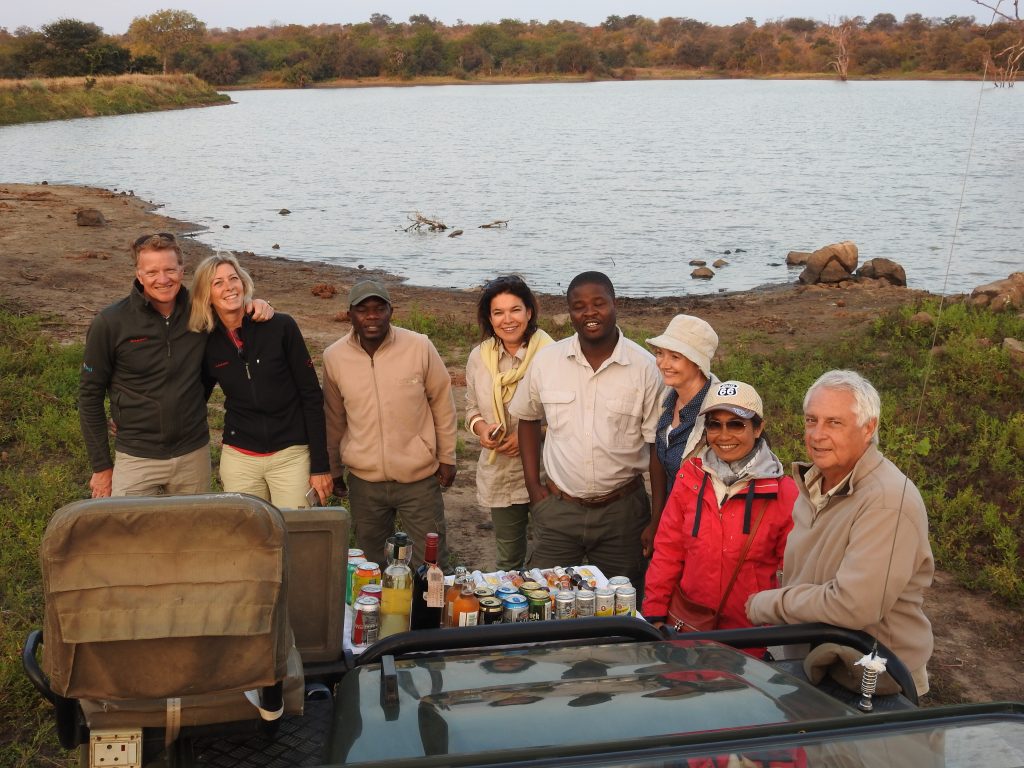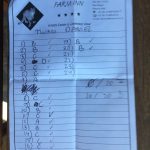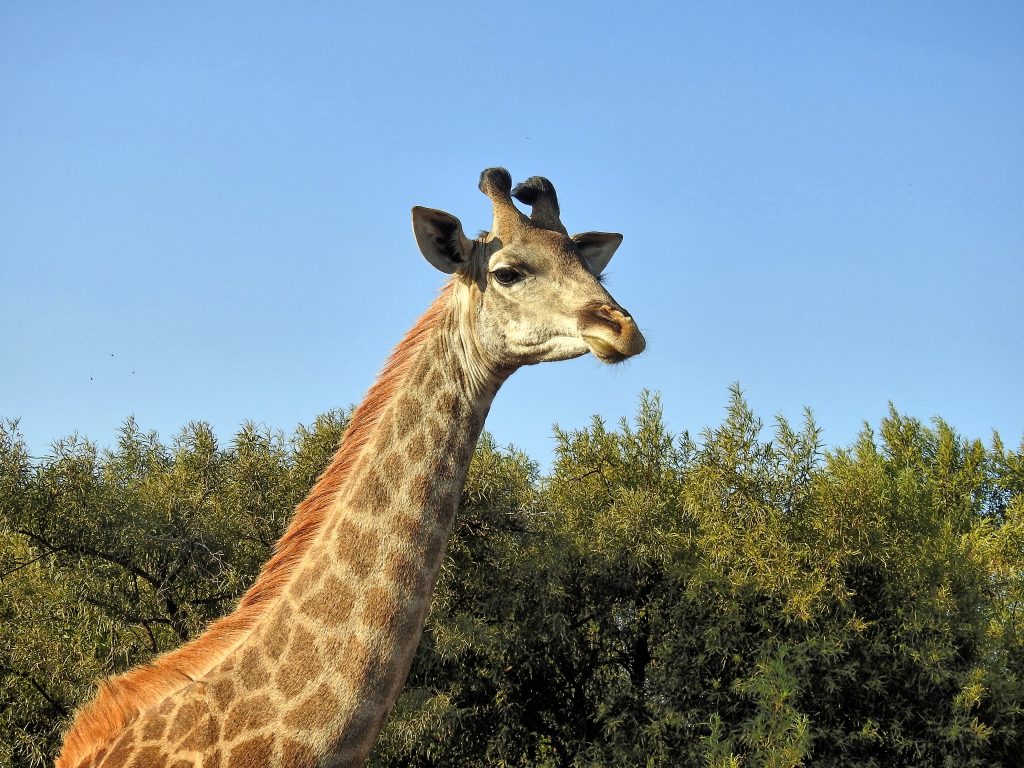The last leg of our Africa trip brought us to Namibia. We flew commercial from Cape Town to Windhoek and rented a nice 4×4 Toyota pickup truck. If you ever plan to drive in Namibia, rent a car like that. Although many dirt roads we drove are in excellent condition (for a dirt road), a small city car will not be comfortable there.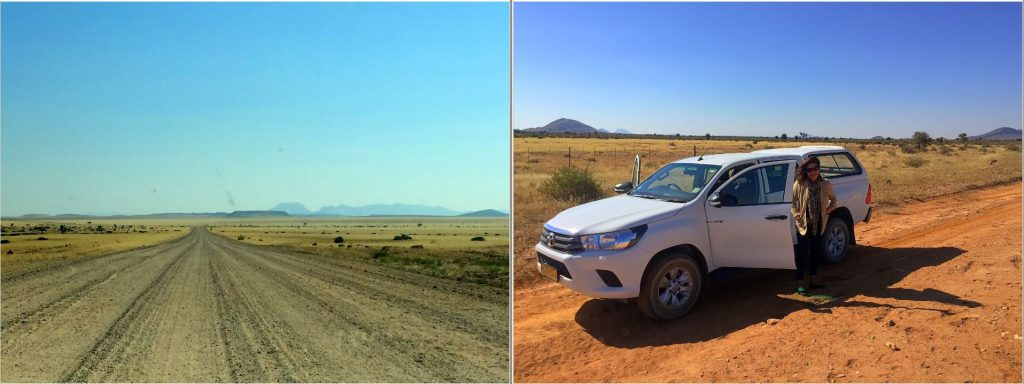
 Toyota is built like a tank and didn’t care about any potholes. Otherwise, you may end up like the car on the left. This is in a place judiciously called Solitaire, our hotel Moon Mountain Lodge, was located about 20 km south of that place, about 4 hours drive from Windhoek. The lodge is built on a side of a small mountain, part of Naukluft Mountains.
Toyota is built like a tank and didn’t care about any potholes. Otherwise, you may end up like the car on the left. This is in a place judiciously called Solitaire, our hotel Moon Mountain Lodge, was located about 20 km south of that place, about 4 hours drive from Windhoek. The lodge is built on a side of a small mountain, part of Naukluft Mountains.
It was about 45 minute drive from there to Sossusvlei, where dunes are, but we were happy to stay away. The lodge is small, away from crowds, sunset and sunrise light over the desert were beautiful to watch.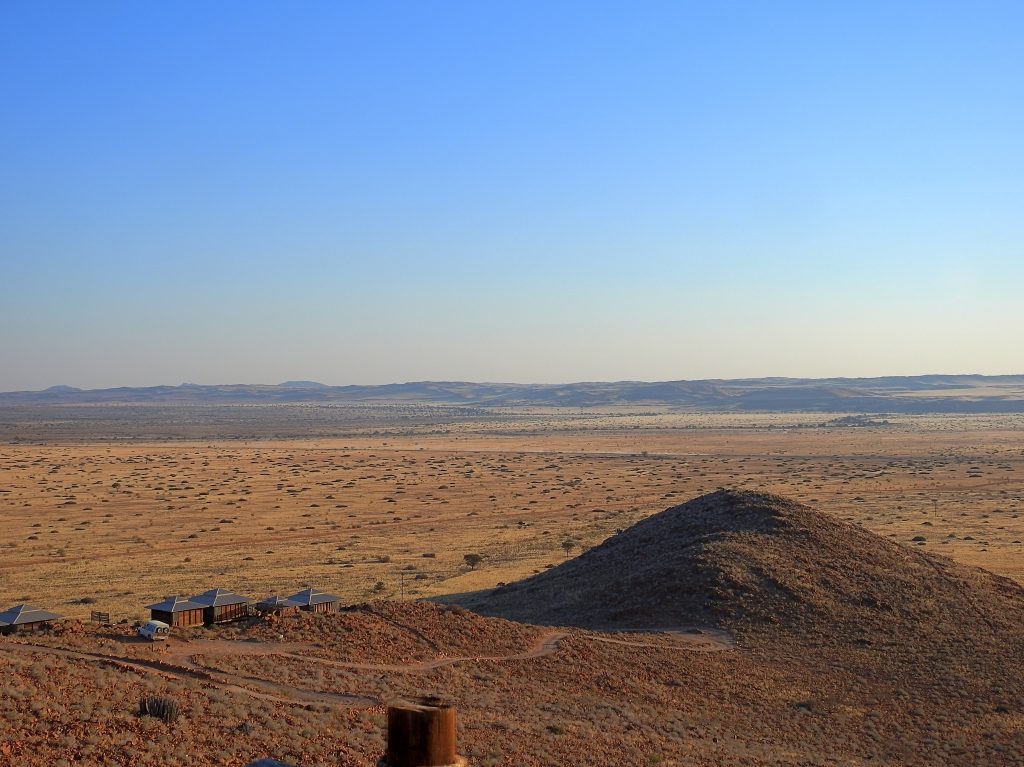
The park opens at sunrise and we drove in the dark to get there before 6 am. While technically Sossusvlei (pictured below) refers only to a salt and clay pan surrounded by red dunes, located in the Namib-Naukluft National Park of Namibia, the name is often used to refer to all surrounding area.

The area was created when the Tsauchab River was blocked access to the ocean by sand blown from the North and forming immense dunes – the biggest one is 388 meters high – that’s 1,300 feet for metric-challenged, several hundred millions years ago.
There is an asphalt road from the park entrance to the parking area for regular cars, about 40 km. On the way, you pass Dune 45, which many people climb – we didn’t.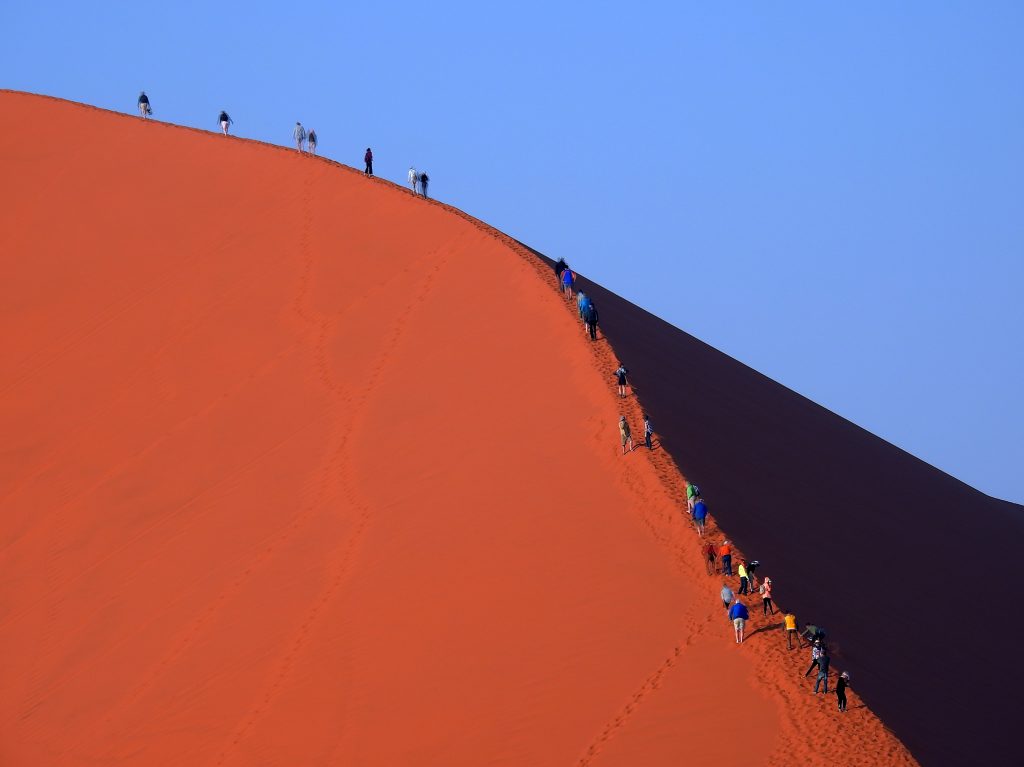
Sossusvlei and Deadvlei, the main interesting areas are about 5 km past the parking and you must have a robust 4×4 car, because you will drive on the sand (otherwise, there are shuttles). We passed some people who were stubborn and stuck. Once you climbed the dunes, you can have fun going down, here is Ania descending the famous dune called Big Daddy.
After returning back from the dunes, we drove another 5 km to see Sesreim Canyon, created when flood water descends over plains and in the afternoon, we took a scenic flight all the way to the ocean, which is still about 50 km to the West. Dunes, which when they meet the ocean are still over 100 meters high, stop abruptly creating sand cliffs. The whole area is called Skeleton Coast, because so many ships wrecked here navigating this remote area.
Magic flight and I promised myself that we will return here and I will fly all the length at that coast myself.
We did a bit of a road trip to return back to Windhoek the next day, via Swakopmund, driving through the Kuiseb Pass. You drive through the desert, but it keep changing every 100 km, from savanna to sand desert and amazing rock formations.
This is the last post about our 2017 Africa trip – unforgettable experience.
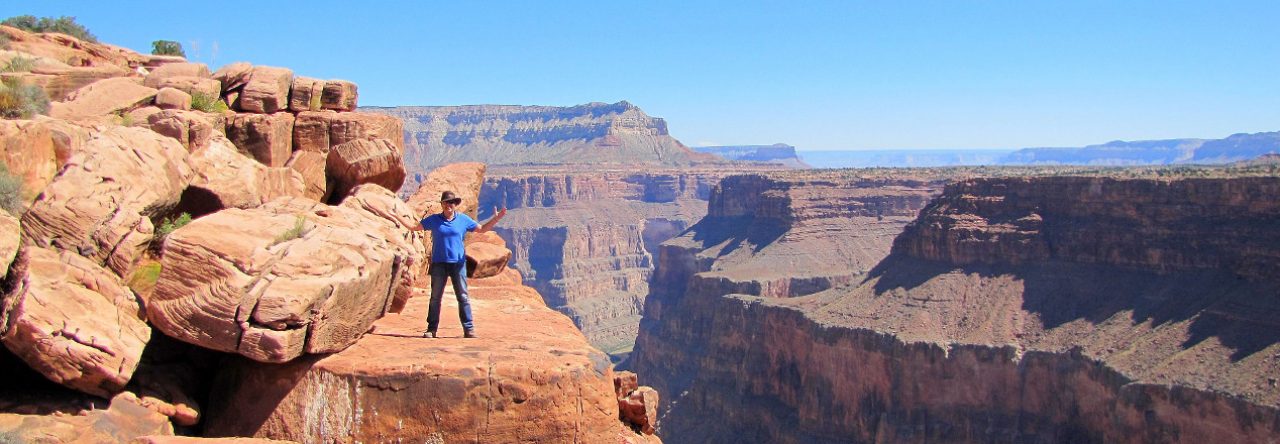
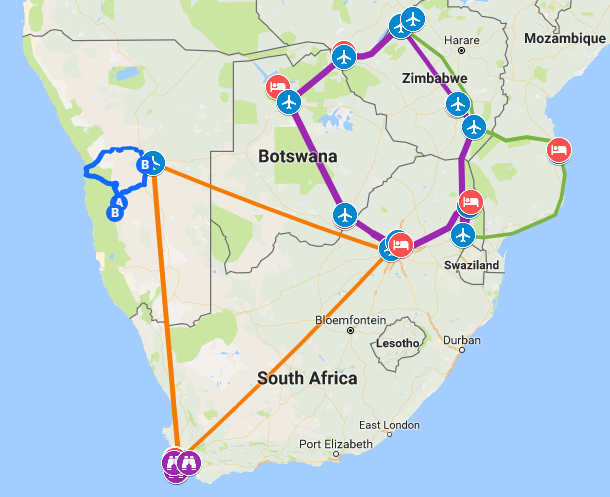
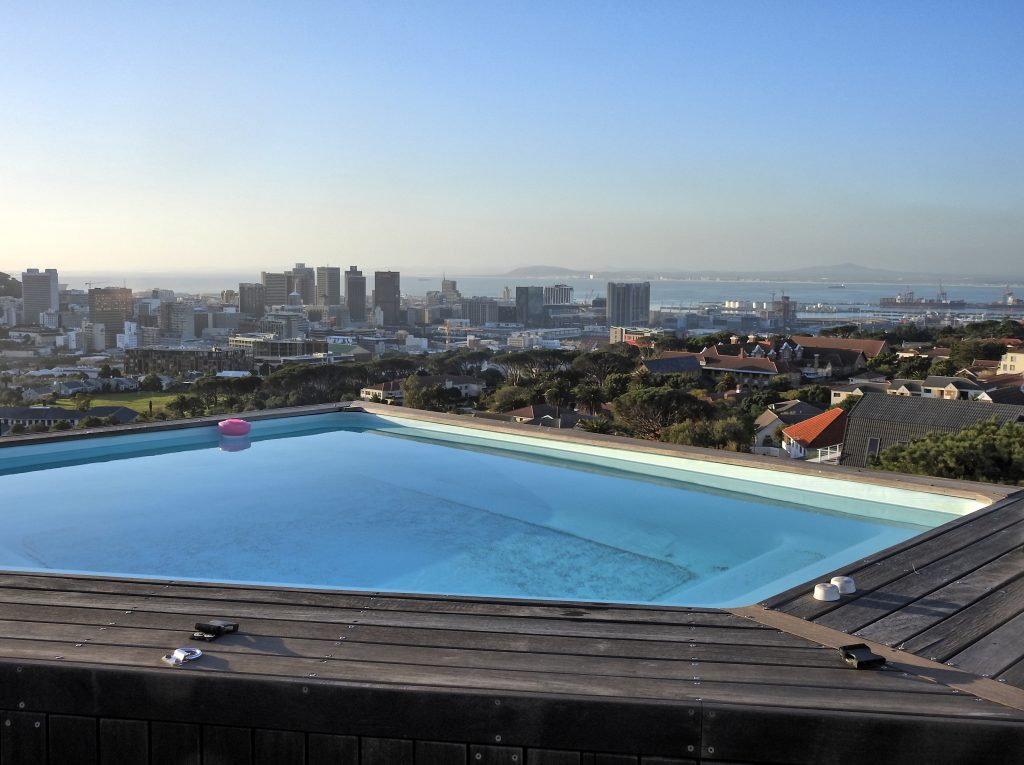
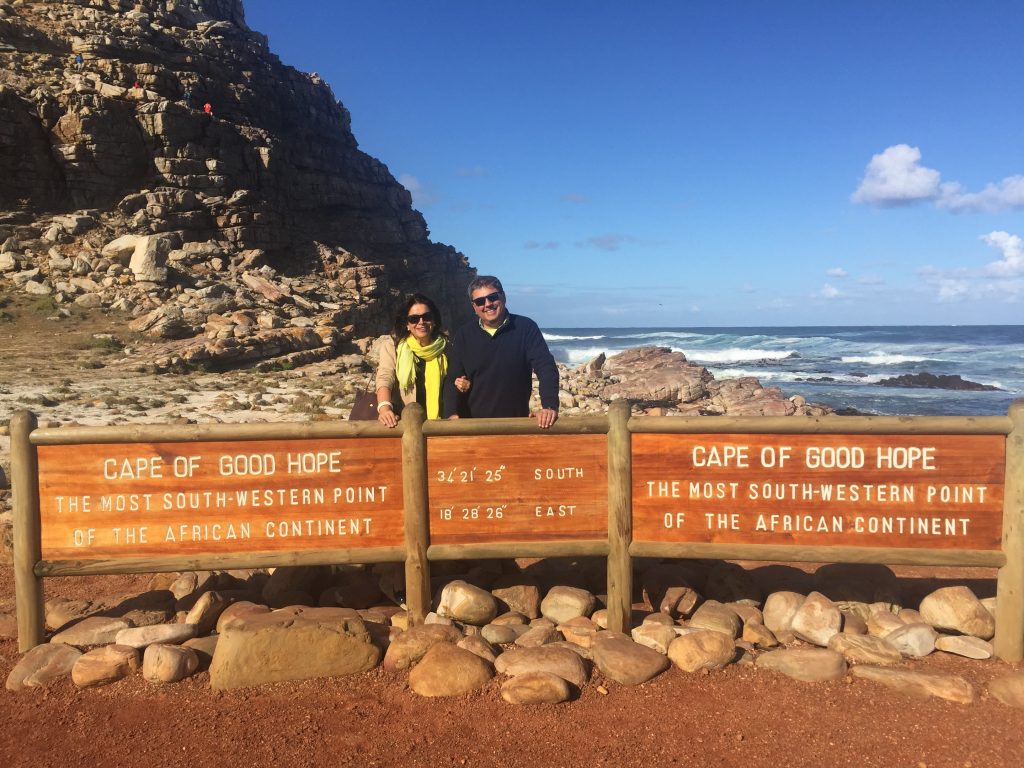
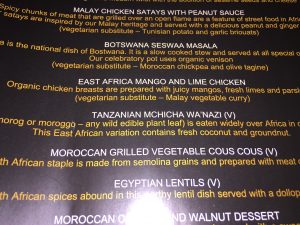 This is a bit of touristy place, but the food is fun and the show is exciting. The
This is a bit of touristy place, but the food is fun and the show is exciting. The 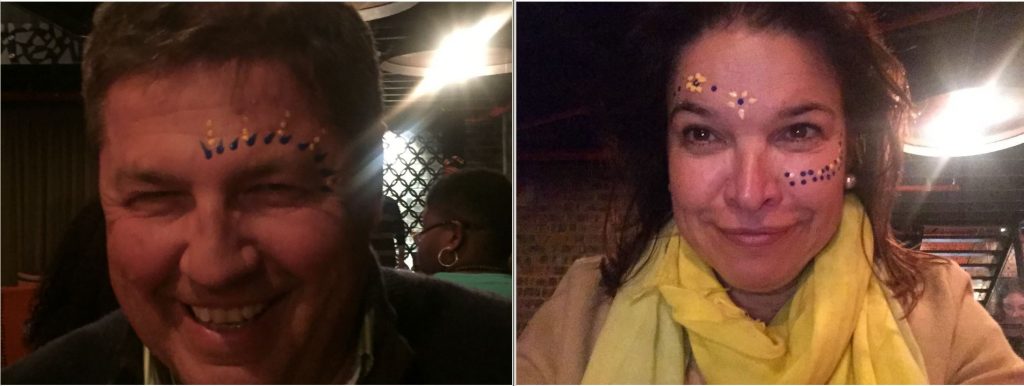
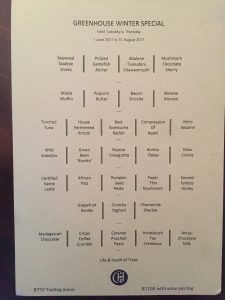
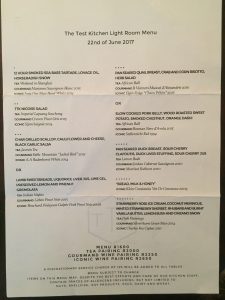 We’ve been to Bernard Loiseau’s
We’ve been to Bernard Loiseau’s 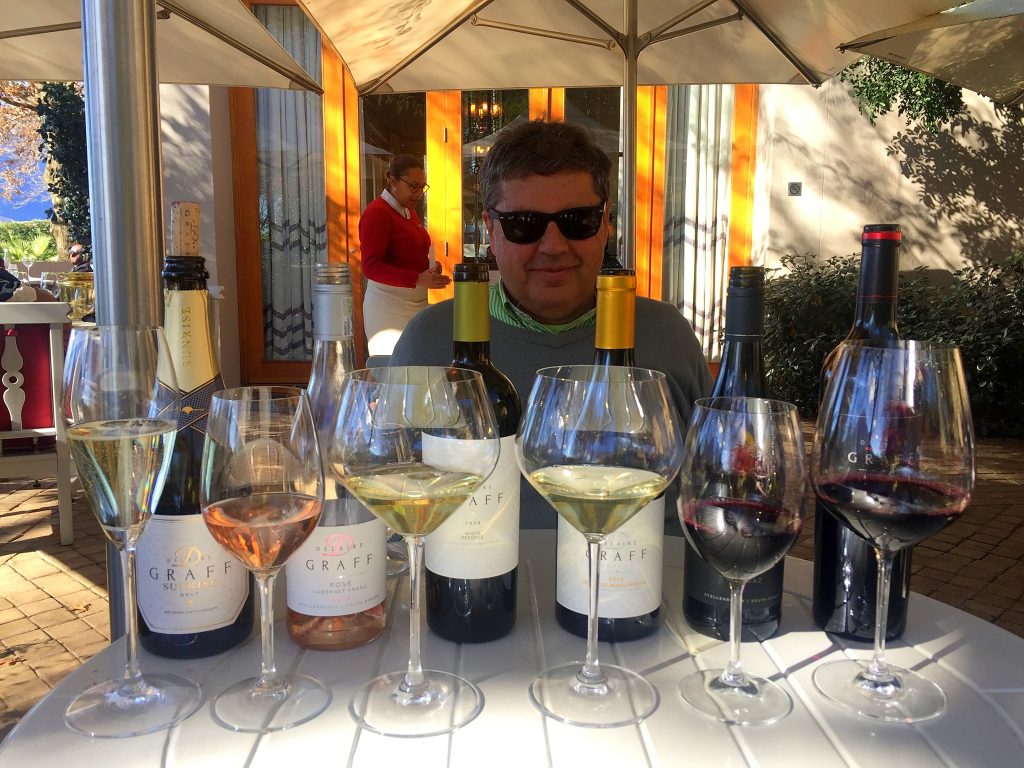
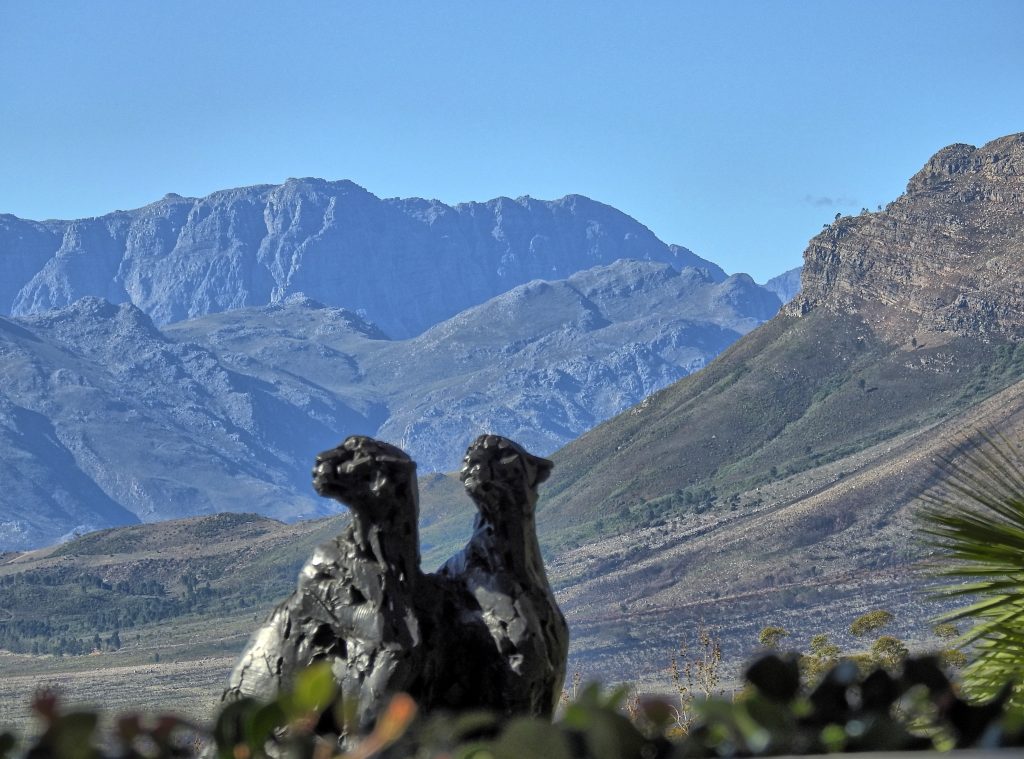
 These were our two last legs of the self-flying safari, first flying from Maun to Gabarone, which is the Botswana capital, a 338 nm, 3:50 flight.
These were our two last legs of the self-flying safari, first flying from Maun to Gabarone, which is the Botswana capital, a 338 nm, 3:50 flight. Our last 150 nm, 1:15 flight took us from Botswana back to South Africa, Lanseria airport. When coming into FALA, there is a VFR reporting point called Hartebeespoort Dam. I think that I can be excused from not understanding when the controller asked: “Are you familiar with ?#&%* ?” When I valiantly replied Unfamiliar, foreign pilot, his next question was Do you know where the Lanseria airport is?. Indignantly, I replied: Affirmative, I have a GPS.
Our last 150 nm, 1:15 flight took us from Botswana back to South Africa, Lanseria airport. When coming into FALA, there is a VFR reporting point called Hartebeespoort Dam. I think that I can be excused from not understanding when the controller asked: “Are you familiar with ?#&%* ?” When I valiantly replied Unfamiliar, foreign pilot, his next question was Do you know where the Lanseria airport is?. Indignantly, I replied: Affirmative, I have a GPS.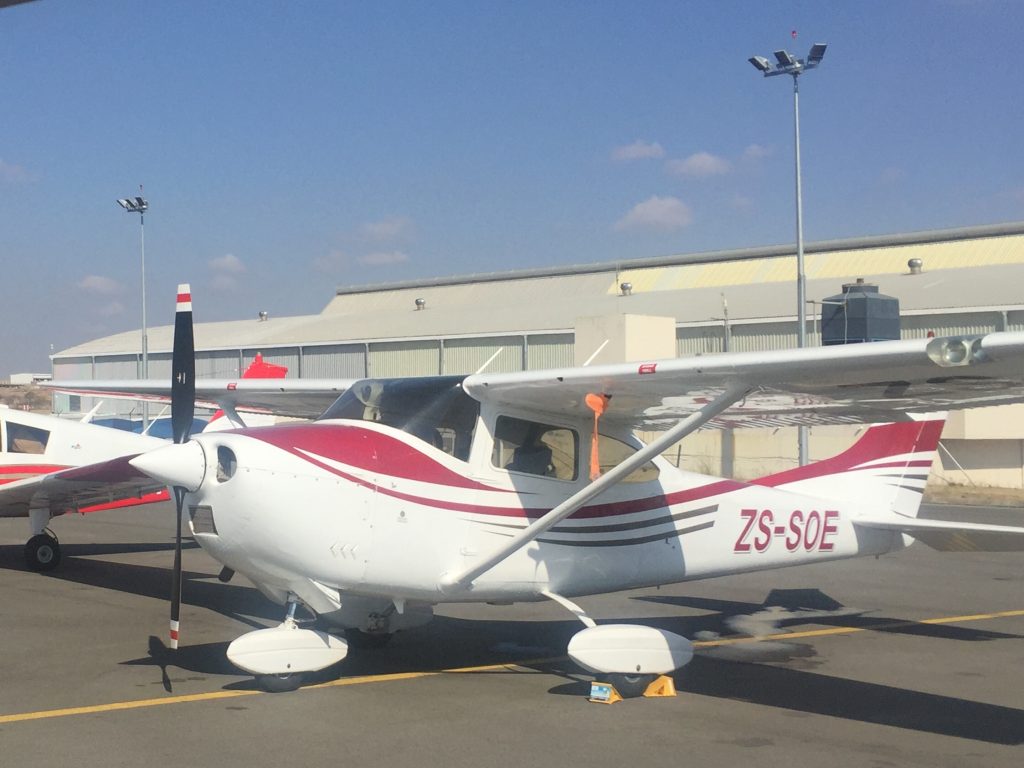
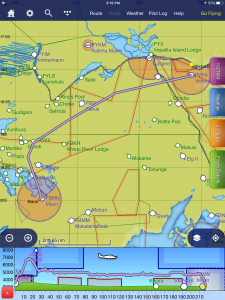 Our next 220 nm, 1:45 flight brought us to Maun, Botswana. As usual for international flights, we needed flight plans and general declaration to leave Zimbabwe, plus $85 in various landing, takeoff, passenger, navigation… fees. I flew a bit of a northern route, hoping to see more game from the air and also overfly the
Our next 220 nm, 1:45 flight brought us to Maun, Botswana. As usual for international flights, we needed flight plans and general declaration to leave Zimbabwe, plus $85 in various landing, takeoff, passenger, navigation… fees. I flew a bit of a northern route, hoping to see more game from the air and also overfly the 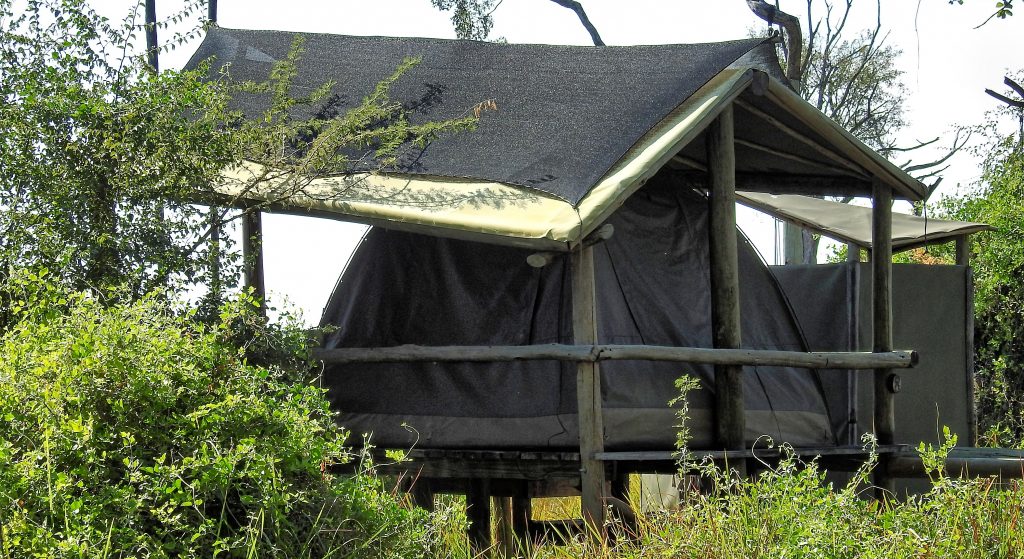
 The small structure on the right was a bathroom. I know what you are thinking: a private bathroom at a camping site, that’s not really a camping. Wait, it gets better, there was a shower. You pour the water into a bucket, you hoist the bucket up, you open the tap and voila: you get a shower. There was even cold water and not-so-cold water.
The small structure on the right was a bathroom. I know what you are thinking: a private bathroom at a camping site, that’s not really a camping. Wait, it gets better, there was a shower. You pour the water into a bucket, you hoist the bucket up, you open the tap and voila: you get a shower. There was even cold water and not-so-cold water.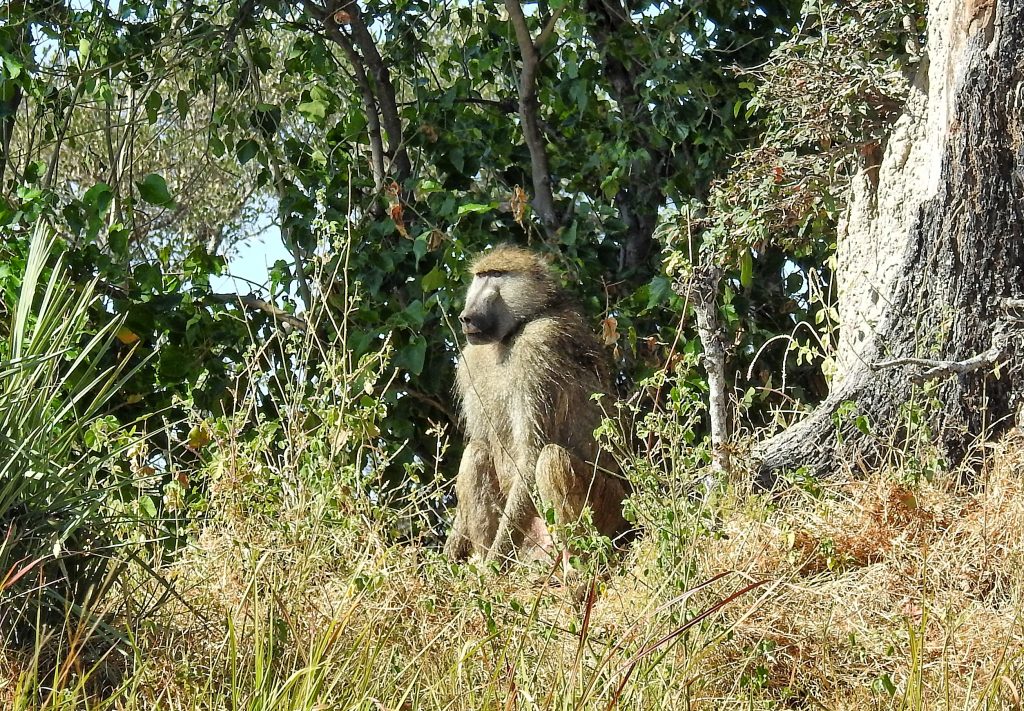
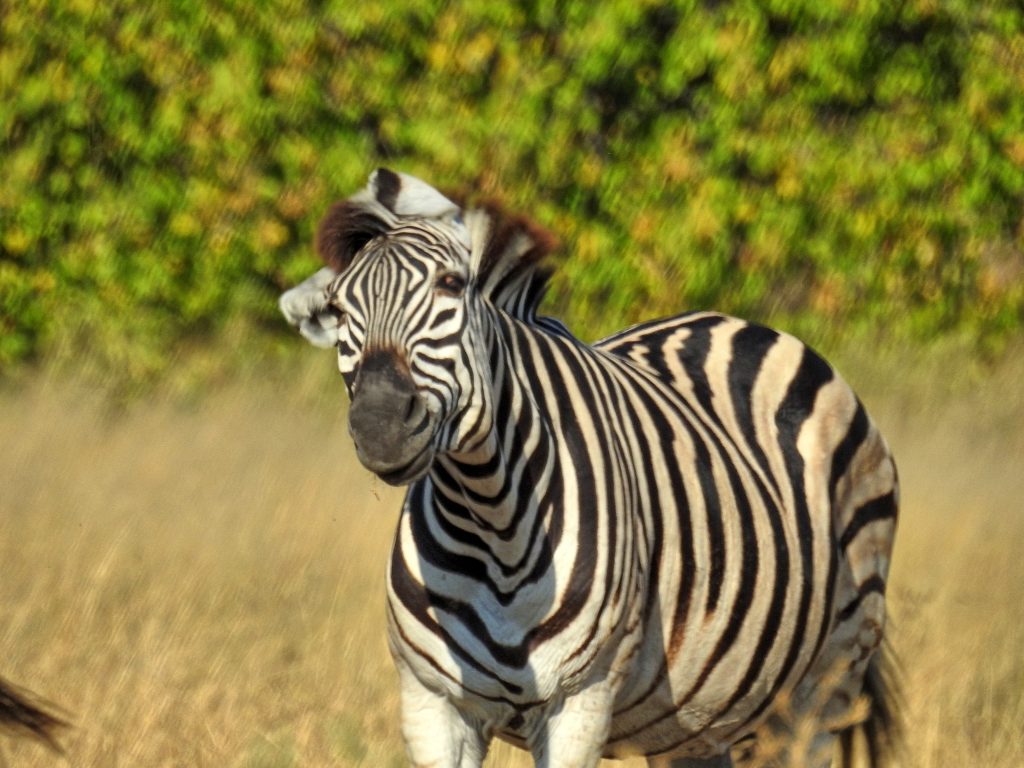
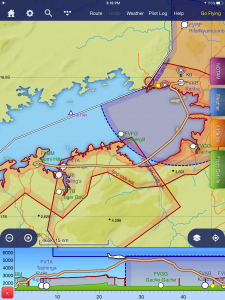 Our next leg started with a short 50 nm, half an hour flight along the shore of the lake to the Kariba airport, for refueling. This was by far the most efficient airport in Zimbabwe, the fuel pump was working, the credit card machine was working, the controller was very professional. We didn’t have much time to linger around and we continued with the second leg, 250 nm, 2 hours along the Zambezi river to Victoria Falls.
Our next leg started with a short 50 nm, half an hour flight along the shore of the lake to the Kariba airport, for refueling. This was by far the most efficient airport in Zimbabwe, the fuel pump was working, the credit card machine was working, the controller was very professional. We didn’t have much time to linger around and we continued with the second leg, 250 nm, 2 hours along the Zambezi river to Victoria Falls.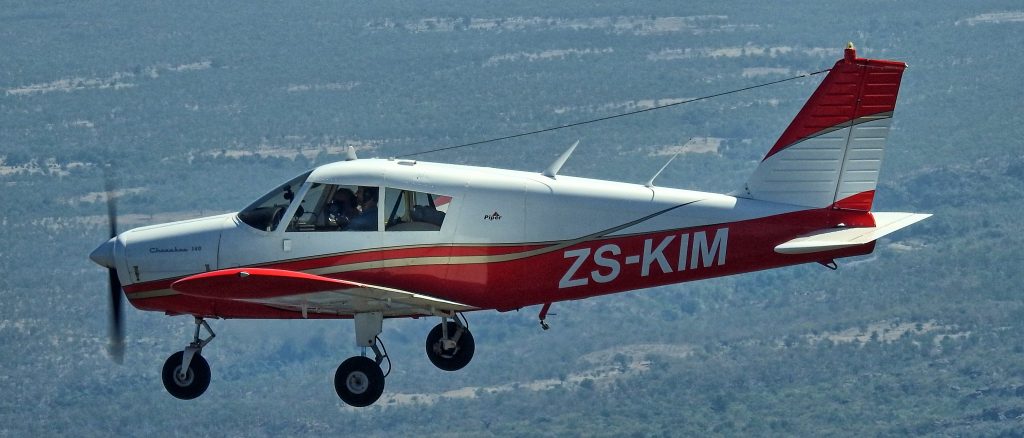
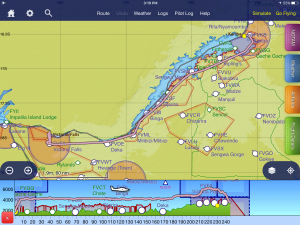 After landing, we drove to the Victoria Falls hotel. This is an epitome of an old colonial hotel, still in great shape, but with average service and average rooms. Most impressive though were the common areas, reminding travelers of old bygone splendid times.
After landing, we drove to the Victoria Falls hotel. This is an epitome of an old colonial hotel, still in great shape, but with average service and average rooms. Most impressive though were the common areas, reminding travelers of old bygone splendid times.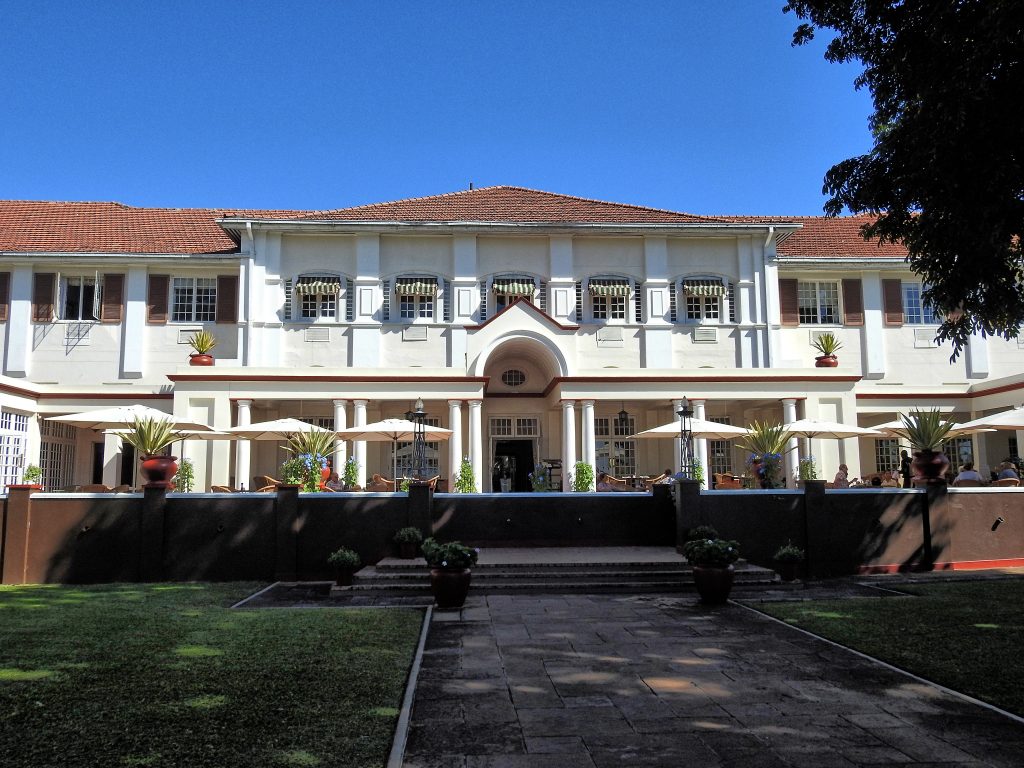
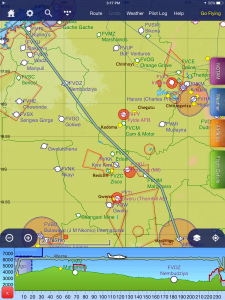 Lake Kariba is the largest man-made reservoir in the world, it covers an area of 5,580 km2, that’s over one quarter of Lake Ontario.
Lake Kariba is the largest man-made reservoir in the world, it covers an area of 5,580 km2, that’s over one quarter of Lake Ontario.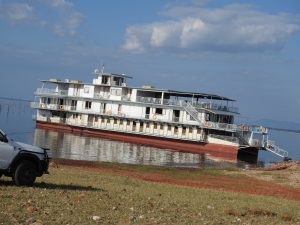 Bumi Hills Safari Lodge
Bumi Hills Safari Lodge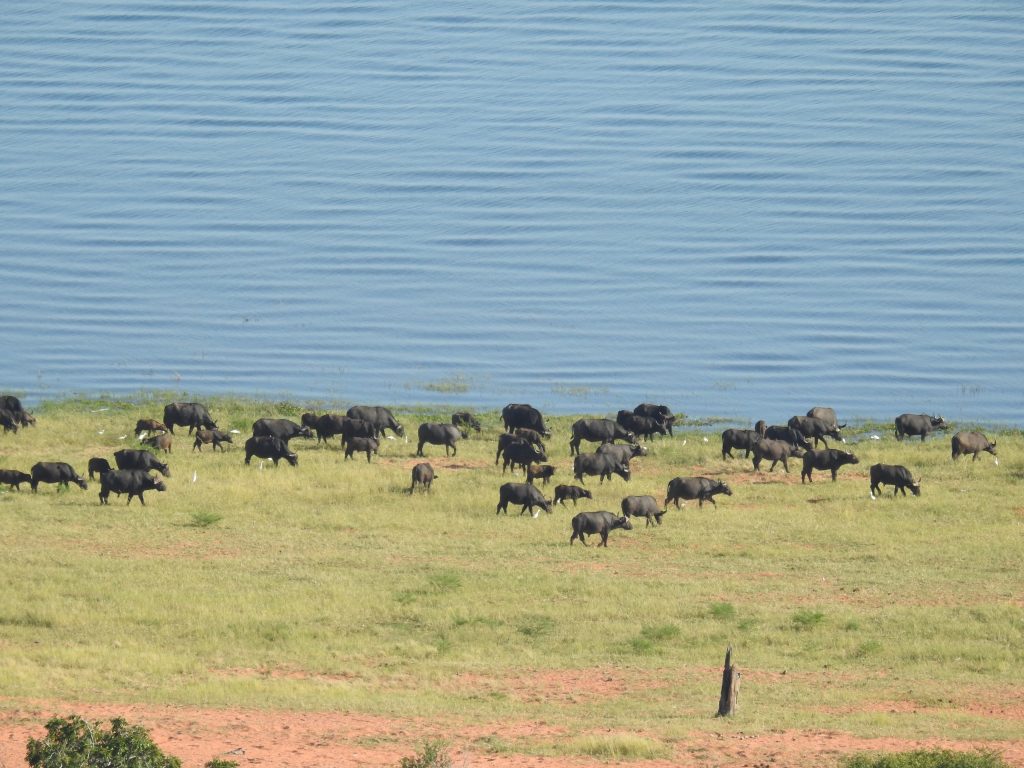
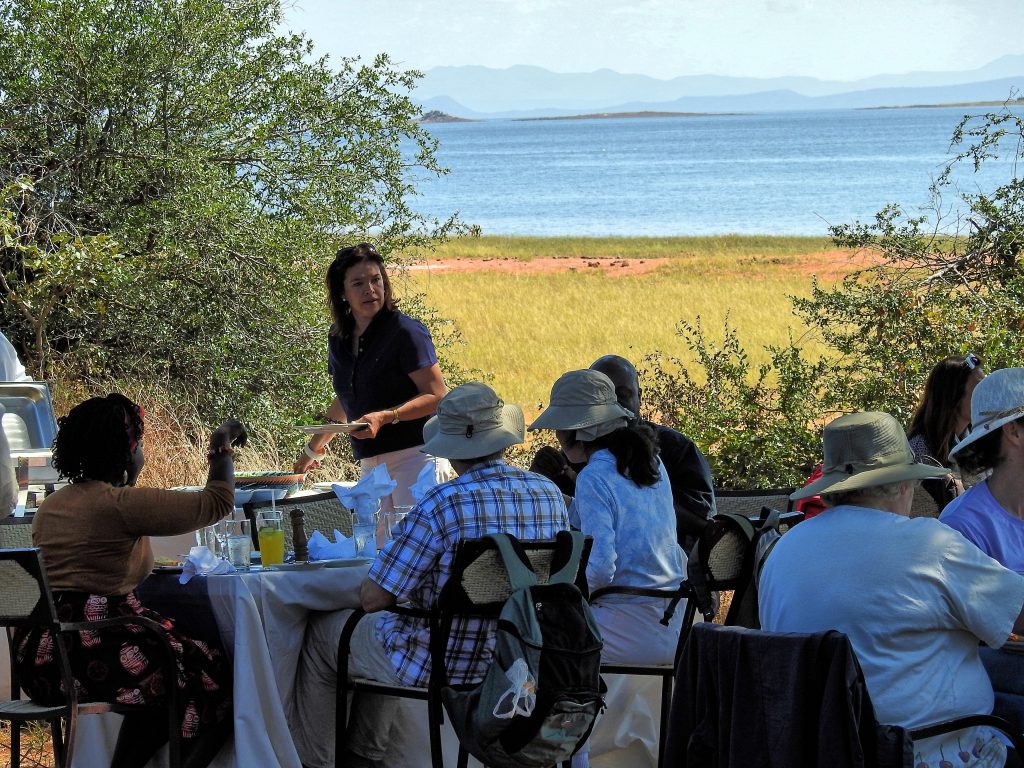
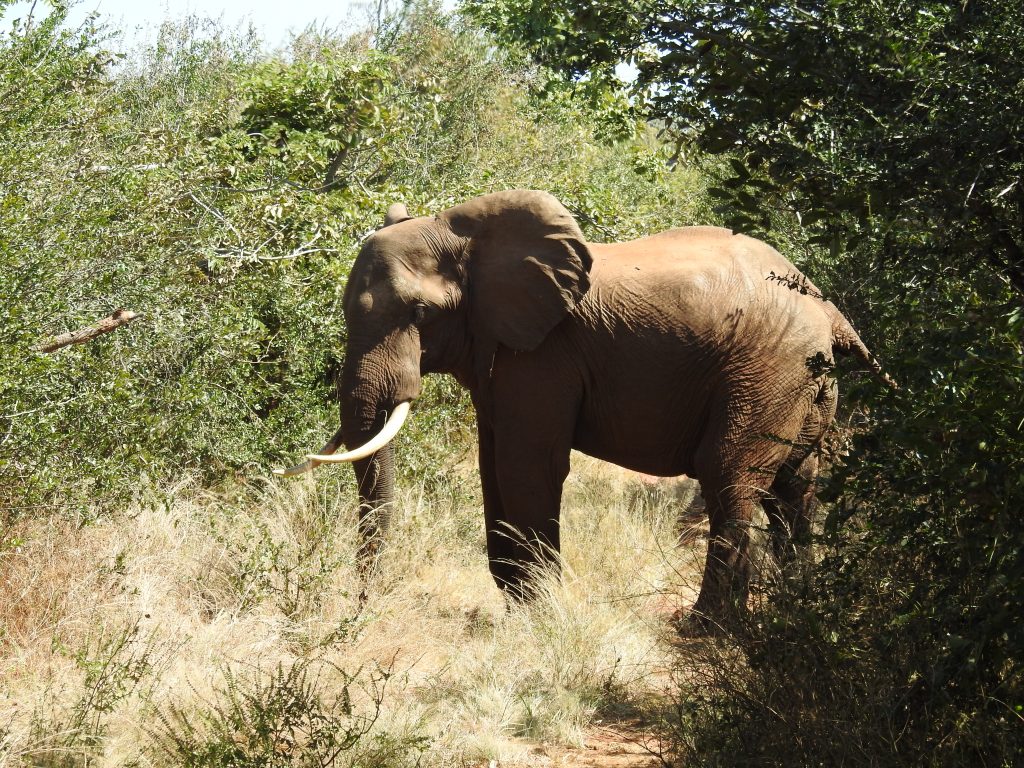

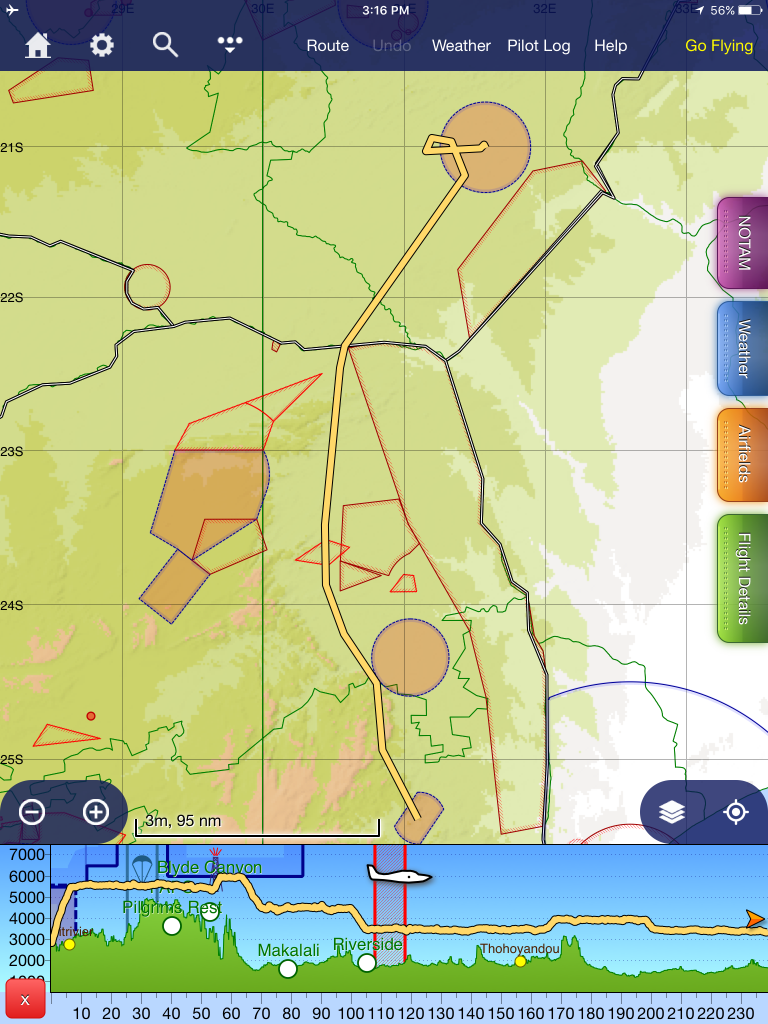

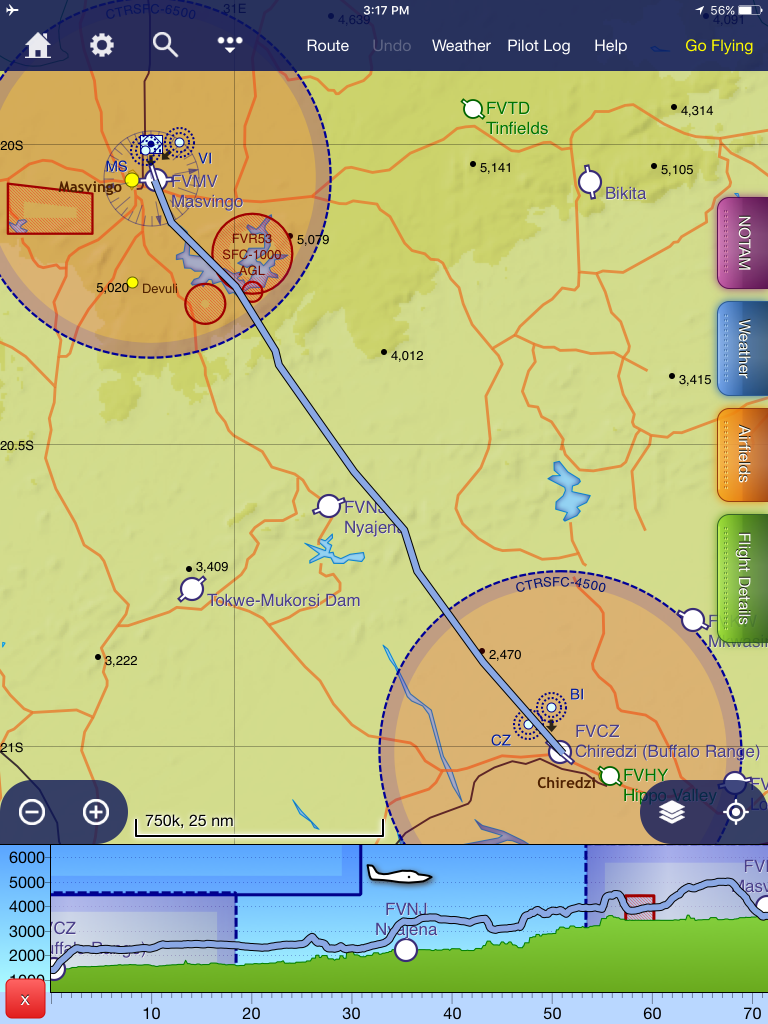
 It has been pretty crazy days. We left Johannesburg, Wonderboom field on Sunday and flew 210 nm (1:30) to
It has been pretty crazy days. We left Johannesburg, Wonderboom field on Sunday and flew 210 nm (1:30) to 